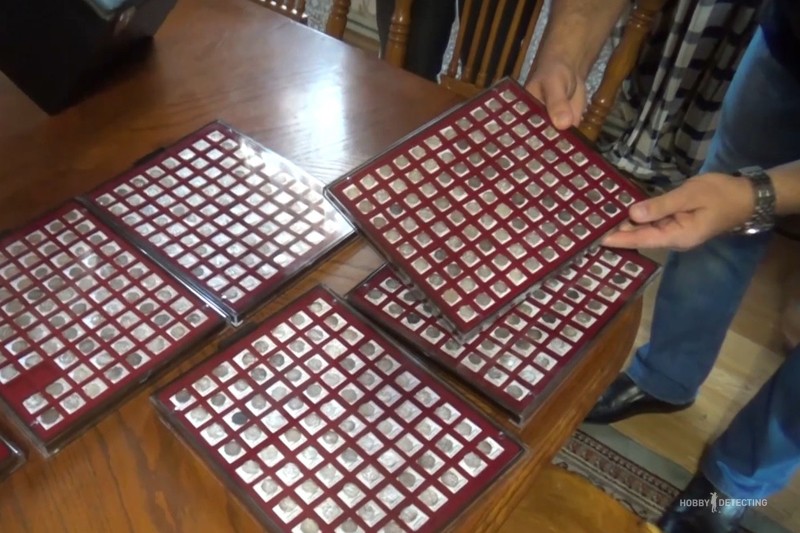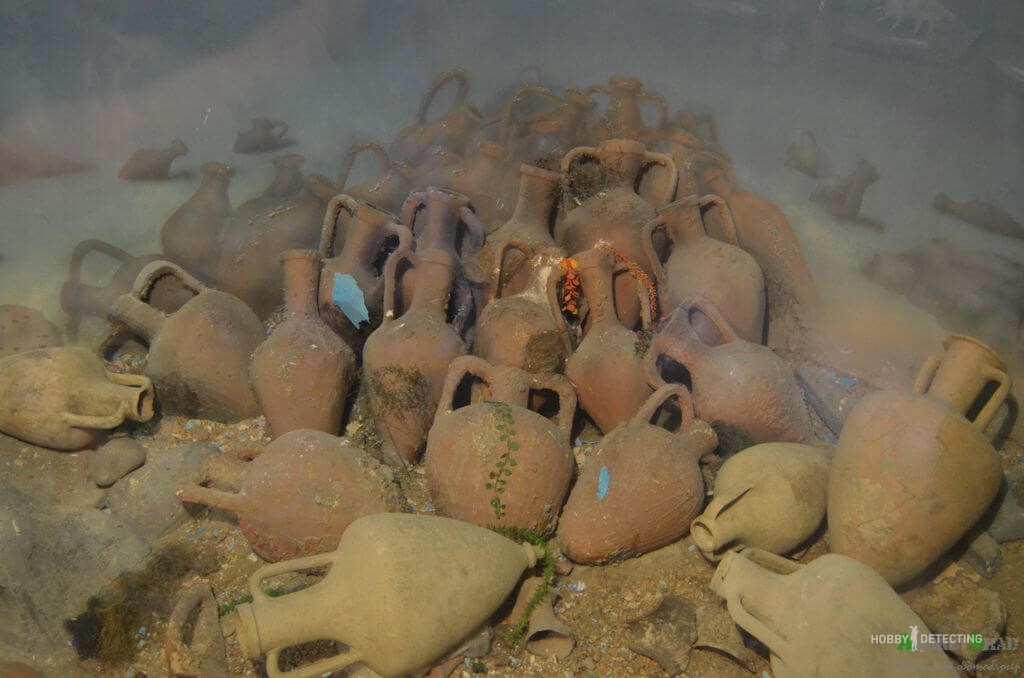Archaeological objects. You cannot buy, you cannot store, you cannot sell. But they are bought, collected and sold. Why???
In any civilized society, particular indignation is caused not so much by the severity, or vice versa, weakness, of this or that law, but by its incomprehensible and selective applicability. This is exactly how, in our country, all legislation in the field of protection of archaeological monuments and the circulation of archaeological objects looks unclear and selective.
Well, for example, if we trace the judicial practice under the article for the illegal trafficking of archaeological objects, we will be able to see dozens of examples in just one year when citizens are tried for selling “archaeological” objects. As a result, a fine of up to 5 thousand rubles and confiscation of not only the item itself, but also large collections that can be found at the place of residence during a search.
It would seem that there is a law, and therefore there is its real application. However, there is another side. There are dozens of official markets in the country, shops and souvenir shops, where exactly the same “archaeological” objects are in free, legal and accessible trade.

Why is that?
Because, in fact, only those administrative cases reach the court where the accused party agrees and does not object. Or he objects, but does it, from a legal point of view, incorrectly. Well, they would try to initiate administrative cases against traders at the Izmailovsky market, or the Moscow Hobby Fair (MHF). Personally, I have never even heard of such attempts.

So it turns out that existing laws not only do not work where they need to, but are actually used to settle personal scores in a dispute between business entities. A striking example of this was the story of the private museum of Origin: “This money is Kolomsk” in Kolomna.

Let me remind you that this story happened in 2019. Then, during operational activities and a search, several thousand items were seized from the house of the owner of a private museum. Basically, these are ancient coins, but there were also rings, as well as various religious attributes. The official media loudly announced the capture of another “black archaeologist” in the news, while bloggers found out that the root cause of the search and confiscation was a conflict between the director of a private museum and the director of a state museum.

There is no information anywhere about how and how the story with the Kolomna Money Museum ended. However, it can be assumed that everything seized was returned to the owner. Why do I think this? Because otherwise, the media loudly talked about how the confiscated items were transferred to one of the state museums with pomp and jubilation.
So why then can archaeological objects be bought, sold, stored and collected? Because to confirm that this or that object is archaeological, it is necessary to establish a clear relationship between the object and the identified object of archaeological heritage. According to current legislation, an archaeological object is an object found within the boundaries of an archaeological site.
What does reality look like in practice? And, here, you can tell the story of one private museum on the territory of the Safari Park in the Astrakhan region. There, a couple of years ago, at the request of employees of the state museum, they conducted a search and seized several hundred items, including a collection of antique amphorae. Then, an administrative case was opened under the article illegal trafficking in archaeological objects. The court of first instance rendered a guilty verdict. Verdict: confiscation of items in favor of the state and a fine of several thousand rubles.

The owners of the museum appealed the court ruling, as a result, the fine from them was lifted, but they refused to return the confiscated amphorae. The reason is that the administrative case was closed due to the expiration of the statute of limitations. And, since the investigation was unable to establish the legality of the acquisition of these amphorae by the owners of the museum, it means that there is illegal trafficking of archaeological objects.
The owners of the museum went through all levels of the judicial system in Russia and even reached the Supreme Court. But even there, they threw up their hands. In order to prove that the amphorae were seized illegally, it is necessary to carry out additional investigative actions, but this is impossible since the case was closed due to the statute of limitations of the crime.
As a conclusion. I am not a supporter of the real “black diggers” of those who destroy burial mounds, burial grounds and ancient settlements. And, yes, I support it when these are the people who are caught and tried. But when, under the guise of fighting organized groups of blacksmiths, we begin to chase simple lovers of instrumental search, I, as a citizen, will never accept this imitation of violent detail as the truth or the truth.
I am engaged in local history and I have my own collection of antique objects. People actually bring something, I find something in rural garbage dumps, and I buy something from drunks. And, it is very unpleasant for me to realize that some bureaucrat, out of malice or other vile motives, can write a statement against me that I have archaeological objects on illegal grounds. Of course, I will fight back in the end, but it will cost me a lot of nerves.
Thank you for your attention. I will be glad to read your comments on this topic.
